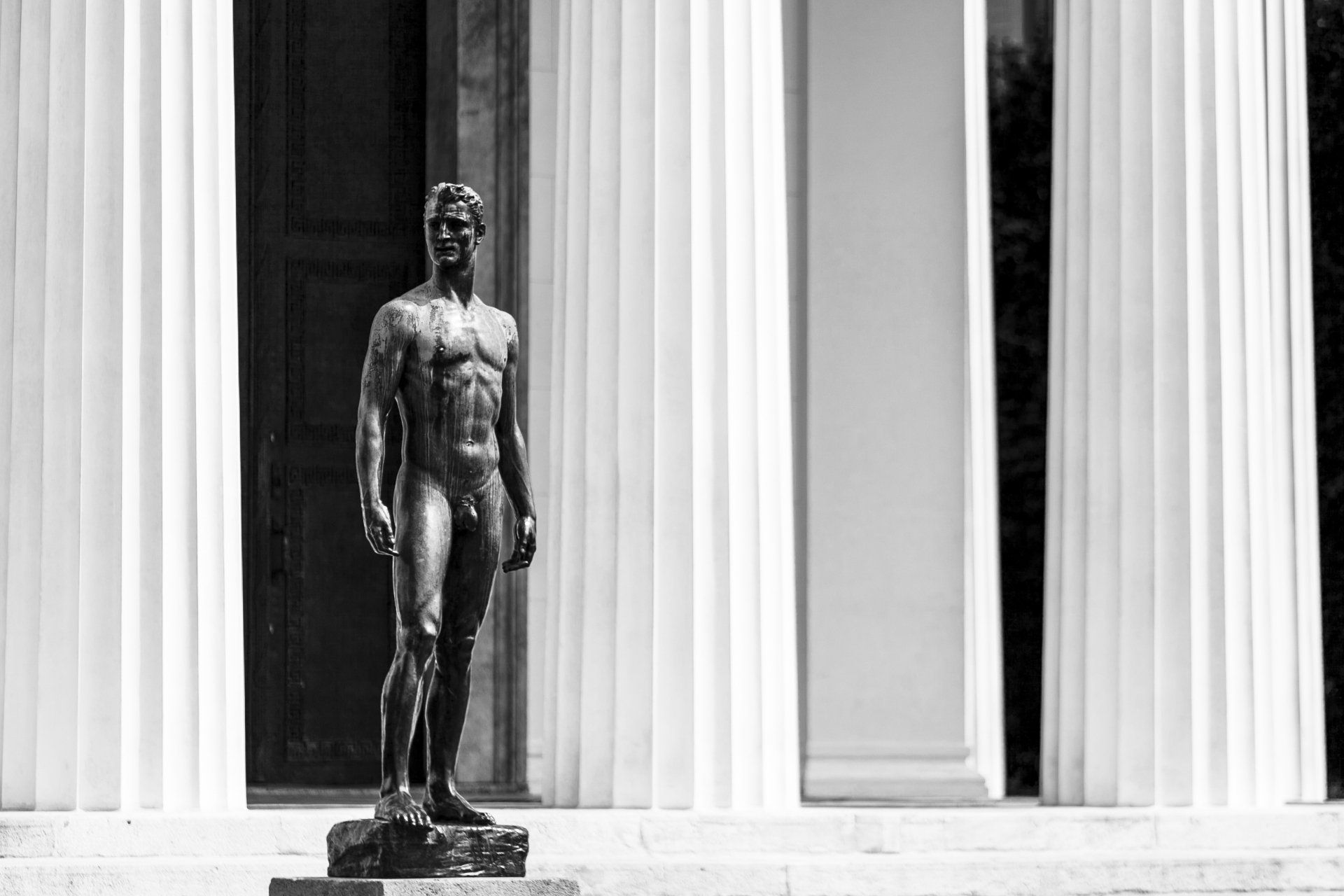By; Patrick Mansfield
08/04/2023

This pivotal moment in the legal system is known as the final jury selection, and it plays a crucial role in ensuring a fair and impartial trial.
The voir dire process, derived from the French term meaning "to speak the truth," allows attorneys from both sides to question potential jurors to determine their suitability for the case. The goal is to identify any biases or prejudices that may interfere with the jurors' ability to make an unbiased decision based solely on the evidence presented.
Once the voir dire process is complete, attorneys from both sides have the opportunity to challenge potential jurors for cause. A challenge for cause is made when there is a genuine reason to believe that a juror cannot be unbiased or impartial. Common grounds for challenges include personal connection to the case, conflicts of interest, or preconceived notions that may impact their judgment.
After the challenges for cause, the attorneys have a limited number of peremptory challenges, which allow them to dismiss potential jurors without providing a reason. The number of peremptory challenges may vary depending on jurisdiction and the nature of the case. These challenges can be used strategically to exclude potential jurors whom the attorneys believe may be biased against their client's interests.
Once both sides have exhausted their challenges, the remaining individuals become the final group of jurors who will hear the trial. These individuals are expected to set aside their personal biases and prejudices and make a fair and impartial decision based on the evidence presented during the trial.
The selection of the final group of jurors is a critical moment in the trial process. It ensures that the individuals who will determine the outcome of the case are free from bias and can render a fair judgment. The voir dire process and challenges for cause help to weed out any potential jurors who may have personal conflicts or prejudices that could interfere with their ability to make an unbiased decision.
It is important to note that the final group of jurors should represent a cross-section of society, reflecting the diversity of the community where the trial is taking place. This helps to ensure that the perspectives and experiences of different segments of the community are represented during the trial.
In conclusion, the final jury selection is a vital step in the legal process. It ensures that the individuals who will ultimately decide the verdict are fair, impartial, and free from bias. The voir dire process and challenges for cause help to identify potential jurors who may be ineligible due to personal conflicts or biases. By carefully selecting a diverse group of jurors, the legal system aims to uphold the principles of justice and provide a fair trial for all parties involved.